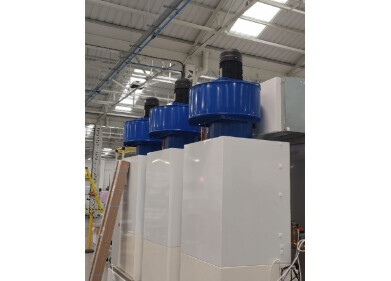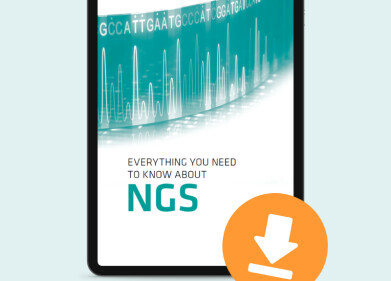Laboratory Products
How is the R Infection Rate Calculated?
Jul 31 2020
Since the SARS-CoV-2 outbreak was declared a pandemic on March 11 there’s been plenty of talk surrounding the R0 rate. Also known as the basic reproduction number or R value, R0 is an epidemiological term used to describe the rate of transmission of a virus. The higher the R0, the more infectious the strain. Currently, governments around the world are using the R0 to impose and lift lockdown COVID-19 restrictions and develop virus management strategies.
So, what exactly is the R0, why is it so important and how is it calculated?
R0 explained
Put simply, the R0 describes the ability of a virus or disease to spread. It’s used to describe the transmissibility of pathogens and indicates the number of people a single infected person will infect. R value is calculated by working backwards using information that is known about the virus. Data like death rates, hospital admissions and the number of people testing positive is used to develop an estimate of how fast the virus is spreading.
The danger zone
Generally, any disease or virus with an R0 of more than one is considered dangerous. This is because with every infected person the number of cases increases exponentially until control measures are put in place. In comparison, if the R0 is lower than one the disease will eventually die out without intervention as it’s not infecting enough people to exponentially spread.
Comparing R0 levels
Of all diseases with an R0 rating measles is one of the highest. It has a basic reproduction number of 15, meaning a single patient can infect 15 individuals. As a result, measles outbreaks can quickly spiral out of control. During the early stages of the SARS outbreak the viral respiratory disease had an estimated R0 of 2.9. However, after implementing strict disease control measures this was dropped to 0.4.
Caused by a virus called Sars-CoV-2, COVID-19 has a reproduction number of around three. While this is relatively low compared to measles it’s much higher than other diseases. COVID-19 also has a much higher fatality rate which makes a reproduction number of three a major concern.
From epidemiology to cancer research, science is at the forefront of public health. To find out more about the latest advances don’t miss ‘Rethinking oncological drug discovery with advances in analytical proteomics technology’ with insight from Aaron S. Gajadhar on behalf of Thermo Fisher Scientific (USA).
Digital Edition
Lab Asia 31.2 April 2024
April 2024
In This Edition Chromatography Articles - Approaches to troubleshooting an SPE method for the analysis of oligonucleotides (pt i) - High-precision liquid flow processes demand full fluidic c...
View all digital editions
Events
Apr 22 2024 Marrakech, Morroco
Making Pharmaceuticals Exhibition & Conference
Apr 23 2024 Coventry, UK
Apr 23 2024 Kintex, South Korea
Apr 23 2024 Seoul, South Korea
Apr 24 2024 Jakarta, Indonesia
.jpg)
.jpg)


.jpg)













